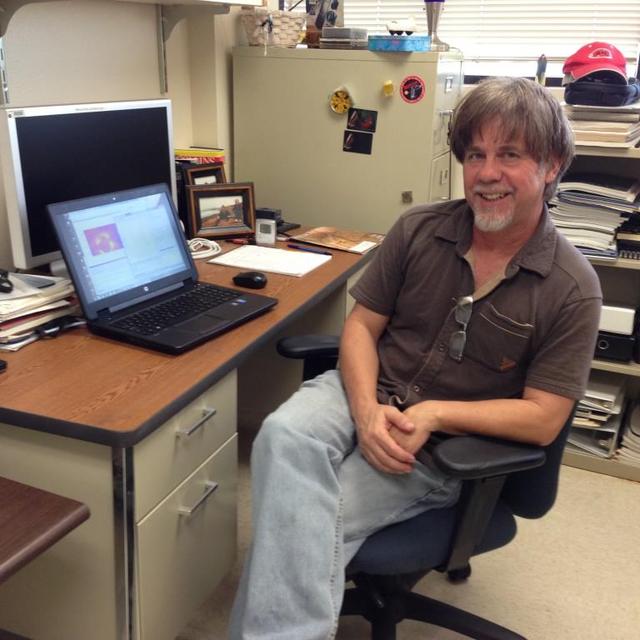
Nested dust shells around the Wolf-Rayet binary WR 140 observed with JWST
November 2022 • 2022NatAs...6.1308L
Abstract • Massive colliding-wind binaries that host a Wolf-Rayet (WR) star present a potentially important source of dust and chemical enrichment in the interstellar medium. However, the chemical composition and survival of dust formed from such systems is not well understood. The carbon-rich Wolf-Rayet binary WR 140 presents an ideal astrophysical laboratory for investigating these questions, given its well-defined orbital period and predictable dust-formation episodes every 7.93 years around periastron passage. We present observations from our Early Release Science programme (ERS 1349) with the James Webb Space Telescope Mid-Infrared Instrument (MIRI) Medium-Resolution Spectrometer and Imager that reveal the spectral and spatial signatures of nested circumstellar dust shells around WR 140. MIRI medium-resolution spectroscopy of the second dust shell and Imager detections of over 17 shells formed throughout approximately the past 130 years confirm the survival of carbonaceous dust grains from WR 140 that are probably carriers of `unidentified infrared'-band features at 6.4 and 7.7 μm. The observations indicate that dust-forming carbon-rich Wolf-Rayet binaries can enrich the interstellar medium with organic compounds and carbonaceous dust.
Links



